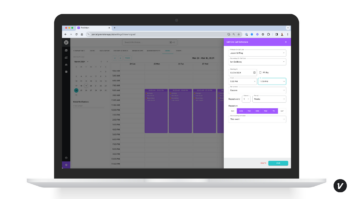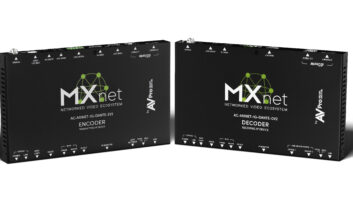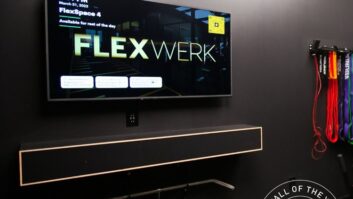I love our industry. Where else do you get to wake up every morning and play around with the latest and greatest tech gadgets for a living? Over the years I’ve become less “shiny object” focused and more motivated around managing the backoffice aspects of Livewire. Our solutions need to be implemented efficiently and profitably to keep us healthy. Starting in 2018, if we can’t manage a piece of gear remotely, we won’t sell it.
How many times have you taken a phone call during dinner from an angry client or rolled a truck when all you needed to do was reboot their system? Truck rolls and after-hours calls kill customer happiness (not to mention your company morale and profitability). It’s 2017. Shouldn’t the systems we use be smart enough to figure out that they’re in trouble and at least attempt to right themselves? Why don’t sources and displays understand whether or not video should be present and attempt a soft reboot automatically? Why don’t routers automatically detect an issue with internet and power cycle themselves? All our industry manufacturers seem to muster is a notification letting us know that something’s wrong. In scenarios where the system isn’t remotely managed, the notification usually comes from the client.
I understand that we’re still early in the artificial intelligence evolution, but the inability of our own systems to fend for themselves is really irritating. Until the day when our systems all magically work together and fix themselves (cue the flying pigs), we have to rely on ourselves and the tools at hand.
To fight the good fight, my integration company is standardizing on a few select systems (no more “Wheel of Vendors”) and becoming really important to those manufacturer partners. We’re also establishing a simple rule: remote management trumps most features. We’re using software to remotely manage our systems, and it’s critical that of all our devices are labeled consistently across the entire organization, enabling our network operations center to effectively manage them. From universal remotes to video switching gear, remote manageability is more important than ever. Even legacy devices can be remotely managed to a degree. Products like the Wattbox line or Panamax BlueBolt enable us to remotely manage a toaster if we want to (I wouldn’t recommend toaster management).
Standardization seems to run against the grain of custom installation businesses (including our own.) When we step back from our projects and look at successes/failures, there’s generally a common thread: when we stick to our guns and install proven solutions, we win. When we compromise, we lose. With the advent of remote management, we’re being forced into standardization. We don’t have a choice anymore and maybe that’s a good thing.
If one of our clients experiences an issue, they can call, text, email, or chat with our network operations center 24/7/365. The person on the other end of the line may or may not have first-hand knowledge of the client’s system or their preferences. To combat this, we’re capturing and inputting as much detail as we can during the design and installation process. Before our installers leave, they need to get sign off on their system installation by our network operations center. It’s a great check and balance to ensure quality client care after we leave.
As we continue to evolve our forced standardization via remote management, I’ll keep you in the loop on the good, the bad, and the ugly.
What are you doing to remotely manage and standardize your installations? Could a complete stranger answer a support call from one of your clients? Why not?
Stay frosty and see you in the field.







